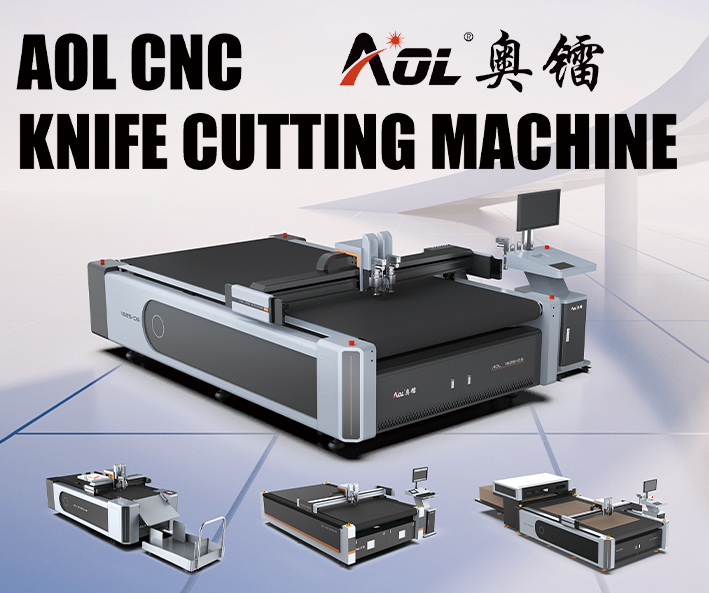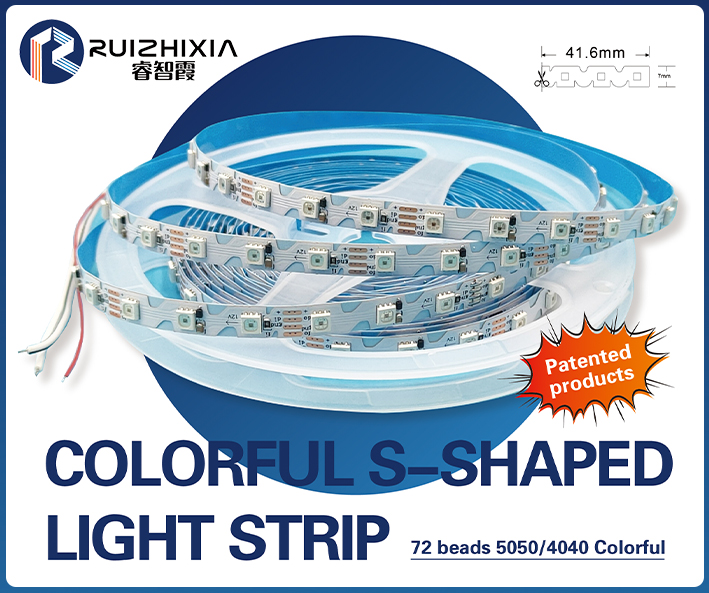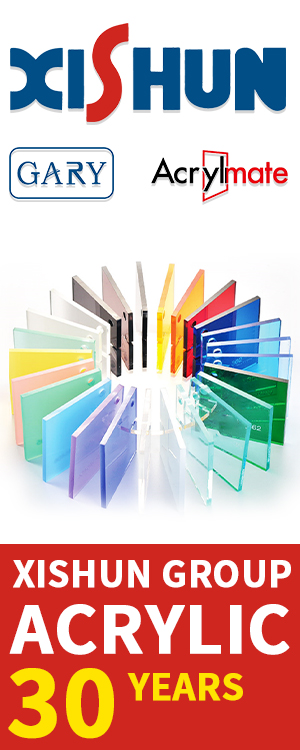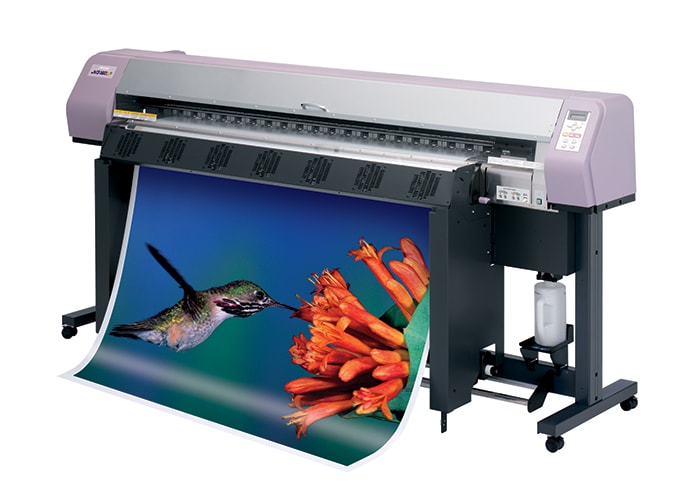
Peter Mitchell co-founder and Director at Hybrid Services, Mimaki’s exclusive UK and Ireland distributor, believes that the wide format print sector has changed in many ways, but that the biggest impact it has made is the way in which it has succeeded in opening up the market. He observes: The attainable nature of the machinery we’re now seeing has made it much easier for new entrants to the market to establish viable businesses, with smaller, often family-run, or owner managed operations having access to tools that enable them to service much larger and more profitable clients. Thus, the sector is no longer the preserve of the bigger players. Indeed, we have many customers who punch well above their weight and that’s typically down to their hands-on approach and their ability to combine small business tenacity and service with big business technology.”
He goes on to say that the greater automation of equipment has meant that there is less need for human interventionand this too has favoured smaller, leaner business operations, adding: “Similarly, the speed and quality of output has developed to such an extent that even ‘entry-level’ machines can compete at the highest levels and satisfy the needs of even the most demanding corporate clients, while also enabling greater creativity and versatility of output, which in itself has been necessary to combat the challenge of new mediums, such as electronic and digital signage.”
When it comes to the most influential products of the last two decades, Peter opines: “We’ve experienced some real standout products that have made huge advances in how signmakers operate; for example, the Gerber Edge and the first of the Roland printer/cutters pioneered a whole new way of working and helped pave the way for the adoption of digital print. Mimaki enjoyed a ground-breaking product in the JV3, which, thanks to an entirely different approach to solvent printing, delivered a machine totally built for purpose, featuring automated cleaning and offering a markedly improved ease of use, coupled with incredible quality and speed – which still stands the test of time today!”
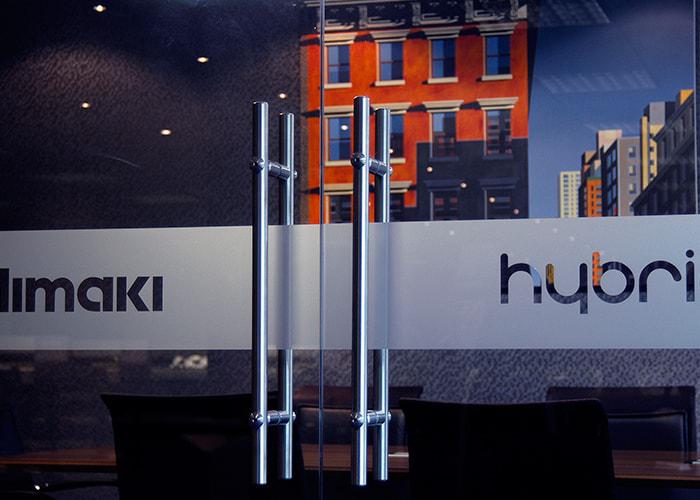
He adds that aside from the incredible developments in the running speeds and print quality of wide format printers, new ink technologies have also played their part in revolutionising the industry pointing out that: “Mimaki has led a number of advances – products such as its low solvent inks have addressed many environmental concerns and dye sublimation inks have fuelled developments in printed textiles, which in turn has impacted on the demand from the exhibition and retail graphic sectors where an increasing number of clients are seeing the benefits of textiles over more traditional rigid board and vinyl substrates.”
He continued: “Likewise, Mimaki has been at the forefront of LED UV printing since the mid 2000s and this technology has also considerably speeded up production processes with reduced ink drying times aiding productivity and profitability. This technology has become particularly prevalent on flatbed printers where direct to substrate (or object) has become the norm, without the need for multiple additional production processes, such as bonding and lamination, while innovations in inks and substrates have also fuelled the unprecedented growth in the vehicle wrapping sector, which was almost unheard of 20 years ago and yet now we see examples all around us.”
Peter agrees that these days, both sign and print companies and industry suppliers are facing significant challenges, espousing the view that: “As machines become more technologically advanced; traditional sign and graphic providers have to embrace change and learn to adapt to new ways of working. Large corporates, particularly in the retail sector, demand higher quality, faster turnaround times and short-run, personalised print – all with increasingly competitive pricing and sound environmental credentials. Thus, the whole of the wide format sector is having to respond with necessary equipment, consumables and workflows that satisfy these requirements.”
As to what the future holds for Hybrid, he muses: “Whilst not forgetting our long heritage in solvent printing, we’re still anticipating a continued increase in uptake of UV and textile printing over the next few years. More broadly speaking though, the main focus is likely to be on ensuring that businesses are able to offer exactly what their customers want – and also to lead their customers in new directions through their creative use of technology. Our original inspiration nearly 20 years ago was to assist signmakers in combining creativity and technology and that remains true to this day.
“There also continues to be a shift in the wider print industry where traditional commercial litho and web-offset printers are diversifying into wide format digital print to meet the ever-changing demands of their customers, which is why all of the major manufacturers need to combine technological development and innovation, with support, education,all of which are pivotal to the industry’s continued growth.
One of Mimaki’s great strengths has been its ability to respond toits customers’ diverse needs, by consistently innovating and delivering products that reflect their requirements, but Peter believes that in addition to offering solutions that enable Hybrid’s customers to maximise their use of technology, traditional values still have their part to play. He concludes: “Quality offerings, that are ‘right first time, every time’, a key focus on skills and creativity and the provision of the best products will secure the future of businesses right across our industry, but the ability to not only use technology, but also to get the very most out of it, is the factor that will ultimately prevail.”




